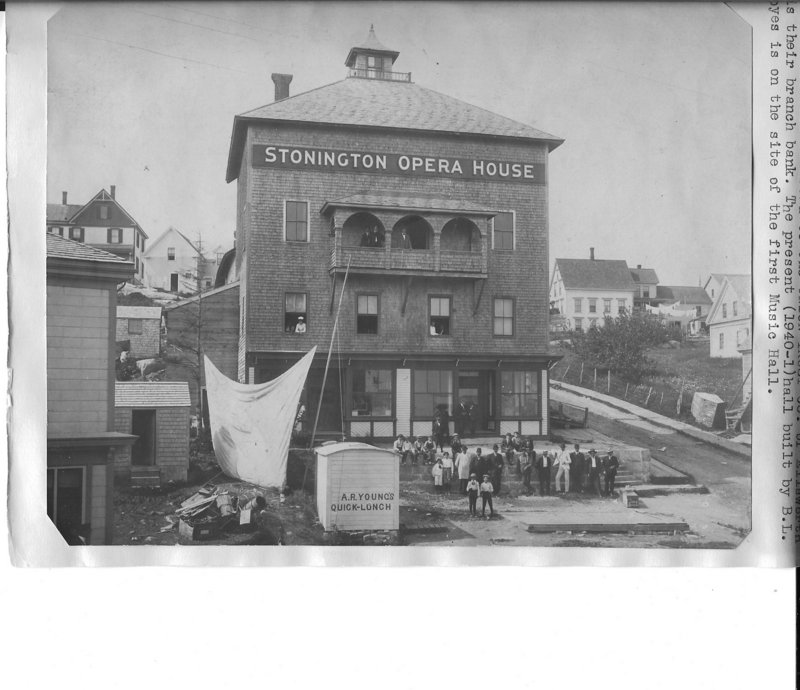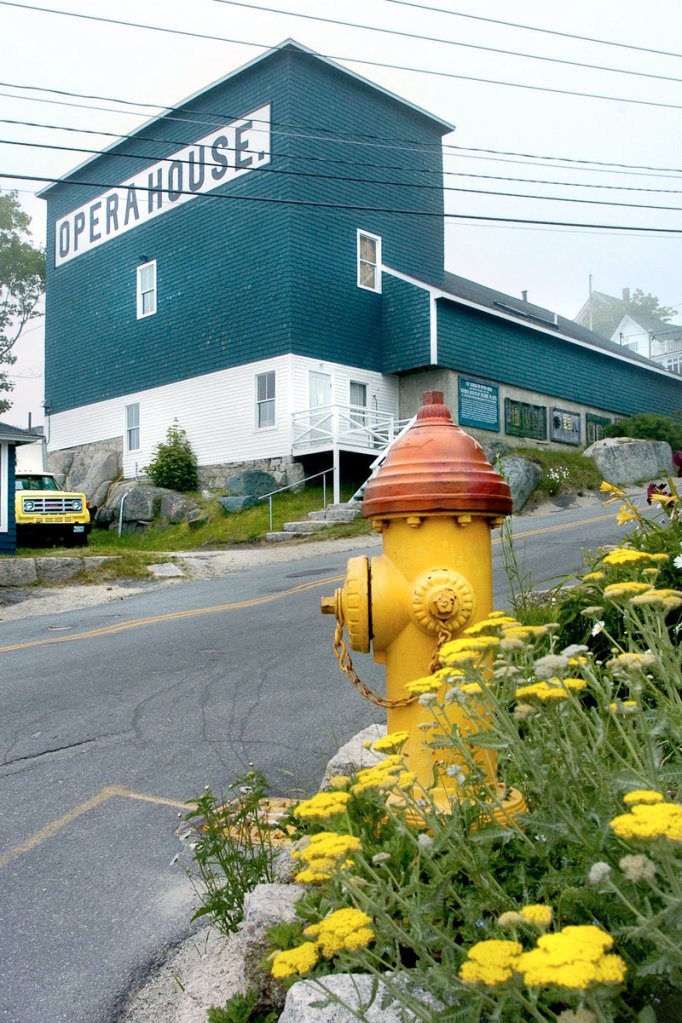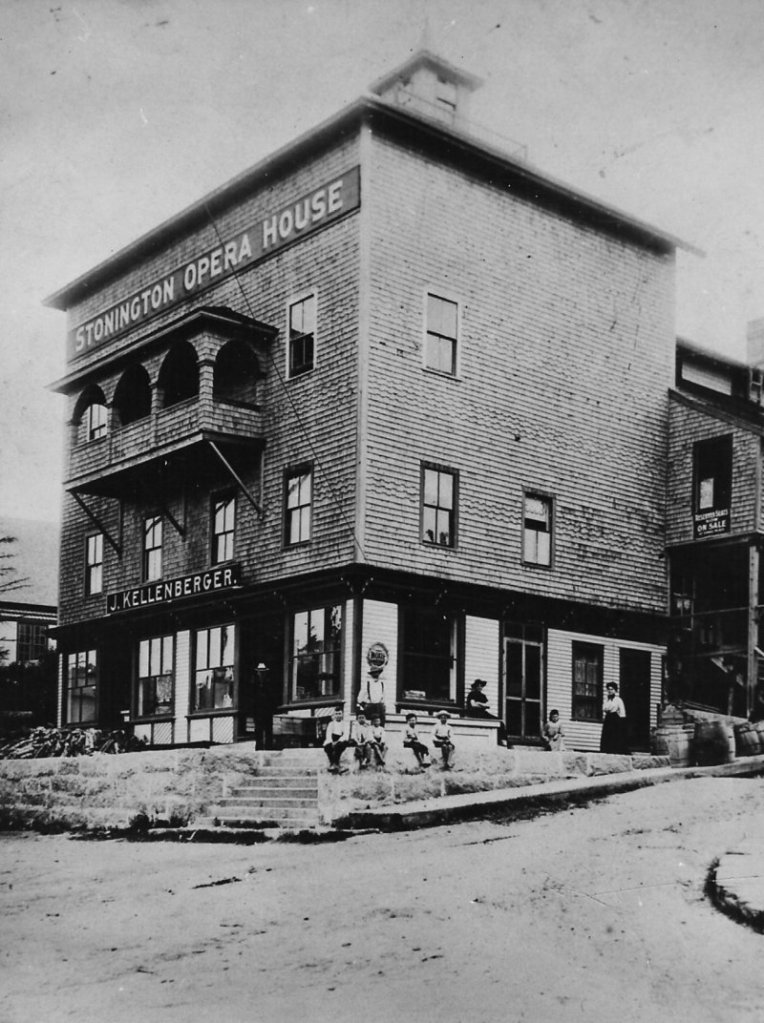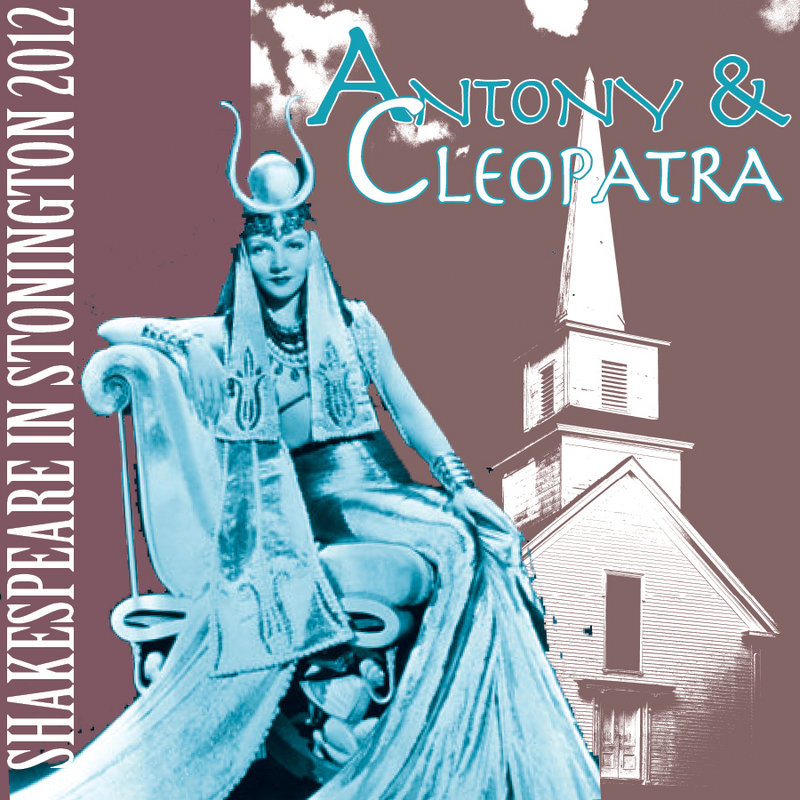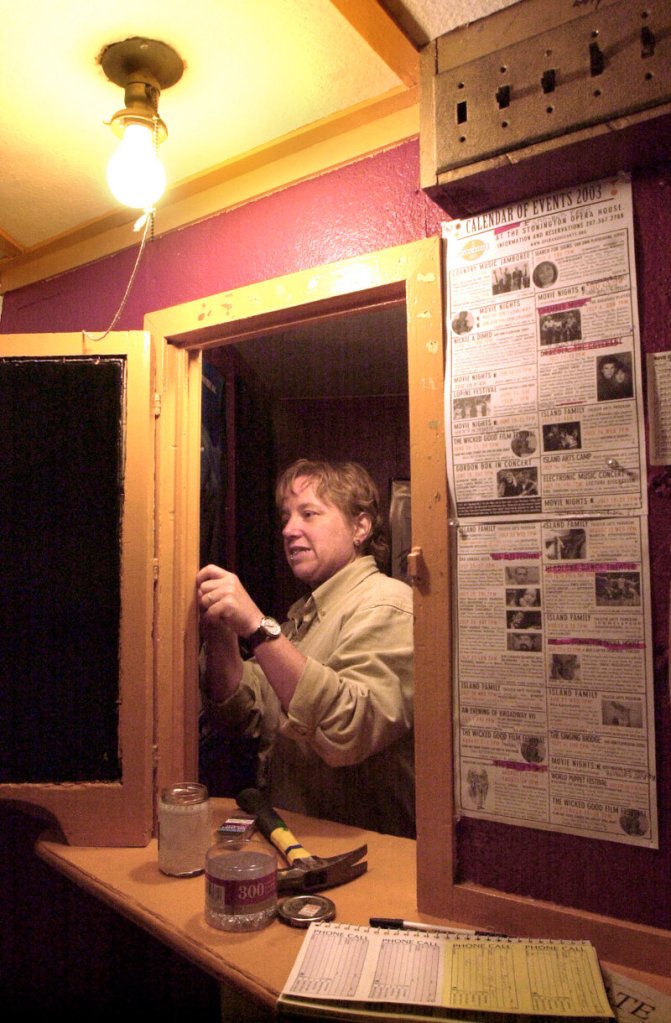“All I could see from where I stood
Was three long mountains and a wood;
I turned and looked the other way,
And saw three islands in a bay.”
Edna St. Vincent Millay wrote those words 100 years ago, in a poem she titled “Renascence.” She was just a kid, barely 20 years old and living in Camden. Her poem garnered attention and praise, and set her on a literary path that led eventually to the Pulitzer Prize in 1923. The Maine writer was the first woman to win the prestigious literary award.
Millay, whose work will be interpreted this summer in a centennial celebration at Stonington Opera House, looked out toward a distant horizon and imagined a bigger life for herself.
Looking back through the prism of a 100-year-old lens, it’s easy to see now that the young writer did not harbor her dreams in private isolation. In Maine and across America, 1912 was a bellwether year for vision, ambition and hope.
Leon Leonwood Bean started selling hunting boots in Freeport. Fenway Park opened in Boston. In Chicago, Nabisco introduced the Oreo cookie. All the way out West, Paramount Pictures began making movies in Hollywood.
And in a booming island community, the Stonington Opera House opened its doors.
“What a time in the life of America,” said Linda Nelson, executive director of Opera House Arts, which programs year-long entertainment in the historic opera house. “You can see the dreams of America in places like the opera house and Fenway Park. People had these dreams, and people were pursuing them. It was a time of tremendous optimism in this country.”
That same year in Belfast — on the very day the Titanic set sail from England — a movie theater opened in a downtown storefront. The Colonial Theatre still operates today, and is celebrating its centennial this year.
“It’s kind of amazing when you look back,” said Colonial co-owner Mike Hurley. “It just seems like what a cooking time it was in America. A lot of things began in 1912, and some really important things too. And a lot of them have stayed important for 100 years.”
With an attitude expressed so eloquently by Millay, our ancestors of a century ago embraced a world that was far bigger and expansive than they could imagine.
Then again, the world was within reach.
In places like Stonington, the beaches of Europe and rice paddies of Asia felt as close as they do today. Stonington in 1912 was a cosmopolitan, bustling place, with 5,000 residents — nearly 4,000 more than today — 42 downtown businesses and an international economy centered around granite, which was cut in local quarries and shipped all over the world. Fishing was part of the equation, but not nearly to the degree that it is today.
Sailors and sea captains filled their homes with art and artifacts from foreign lands, collected during their excursions across many seas.
FIRST BUILT IN 1886
The opera house was the center of activity, a populist icon in a cultural hotbed. It looked out across the bay and across the ocean. Its resplendent green tower rose four stories from the shallow end of a steep hill.
It wasn’t a lighthouse, but it served as a symbolic beacon for returning ships and an anchor for the community’s consciousness.
“Stonington was a boomtown,” Nelson said, “and the opera house was part of the boom.”
The current opera house, which is on the National Register of Historic Places, is actually the third on the site. The first, an amusement hall, was built in 1886. It was enlarged at the turn of the 20th century to accommodate as many as 1,000 people. But it burned in 1910.
Town doctor B. Lakes Noyes rebuilt the opera house, and it opened in 1912. After decades of civic activity, it felt into disrepair and decay, and was almost lost. Opera House Arts formed in 2000 and rescued the ancient wooden building.
The grand old lady has been active ever since, with theater, movies, dance, music and a variety of community-focused entertainments. This summer, Nelson and her team have planned a series of events that Millay might have found familiar a century ago.
Among the highlights is the performance piece “10 Real Star Acts,” an original vaudeville play that is being written for the summer celebration and will include appearances, in character, by long-time Stonington legends, including opera house founder Noyes and another doctor, Lewis G. Tewksbury, who purchased the opera house in 1927 and owned it until 1962.
“10 Real Star Acts” will include all-new material using shapes and forms that were common 100 years ago, said Mike Miclon, a Maine vaudevillian who will be instrumental in the creation of the piece. It will run July 5-8. The cast will arrive this week to begin work.
This summer, performers will come by land, crossing over a bridge that first opened in 1939. Until then, all traffic to Stonington came by boat.
Miclon, who was instrumental in the founding and operation of the Oddfellow Theater in Buckfield until it closed last year, has worked at the opera house in Stonington since its revival in 2000. It’s one of his favorite places anywhere.
“It’s just a nice, old space,” Miclon said. “This isn’t a place where millions of dollars have been dumped into and everything is state of the art. It still has the feel of the old days — more than the bare minimum, but just enough. Here is the stage, here is the audience. The magic and beauty is what happens between the two.”
Miclon has a theory about places like this: The art tends to be better here and certainly connects more directly with the audience, because technology is removed from the equation.
“The more technologically savvy we get, the further we get from human contact,” he said. “The idea at Stonington is that people in the audience are participating with us, and, really, that is what vaudeville was all about. It so mattered on the mood of the people. The feel of the audience changed every show.”
THE RETURN OF ‘BURT DOW’
For parts of two weeks in August beginning Aug. 9, the opera house will host a return of its original musical, “Burt Dow: Deep Water Man.” Based on the story by famed children’s book author and Stonington resident Robert McCloskey, this theater piece got its debut in 2009. Opera House Arts commissioned its creation, and has been waiting for an appropriate time to bring it back.
The centennial celebration seemed to be a perfect fit, Nelson said.
“Because of our schedule, we are forced to do short runs. We generally do eight performances of things, because that it is the capacity of our audience,” he said. “But so many people did not see ‘Burt Dow’ the first time, and so many people wanted to see it again. We always knew we would do it again, and doing it for the centennial struck us as a really good thing to do.”
In 2013, more Mainers will get a chance to see “Burt Dow.” Opera House Arts is designing this show to tour, and is in the process of arranging a statewide schedule.
During the run of the play, filmmaker Veronica Young will transform the exterior facade of the opera house into a movie theater. When the summer sun begins setting just a little earlier, she will project historic images of Stonington onto the opera house wall.
“We will project images scanned from the historical society — performers, the opera house itself, boats and granite and downtown. It’s a great way to bring people back 100 years and give them a dimensional sense of what things were like,” Nelson said. “We want to put art into the community and not just in the theater. We wanted something outside that anybody could see.”
Along those lines, the opera house will organize a Brazilian-style batacuda parade on July 28. It will be colorful, percussive and festive.
The Millay event, “They Called Me Vincent,” will be Aug. 23. In theatrical form with music, it will tell Millay’s story and draw attention to her century-old poem “Renascence.”
There’s more: The opera house will host its annual Shakespeare in Stonington celebration. This year, on tap is “Antony and Cleopatra,” from July 12-15 and July 19-22.
And back again this summer is the annual JazzFest, for which Stonington was one of 12 U.S. communities to win a National Endowment for the Arts Jazz Masters Live grant.
When NEA chairman Rocco Landesman announced the grants in January at Lincoln Center in New York, he singled out Stonington for its work in bringing world-class jazz to a small rural community. This year’s headliner is Kenny Barron; he performs Aug. 5.
Nelson was beside herself when Landesman unexpectedly shined the spotlight on Stonington during his announcement.
“Here was our little festival on the stage at Lincoln Center,” she said. “It shows the power of what theaters in small rural places can do. It’s not about money. It’s about hope.”
That theme — hope, vision and a dream for a bigger future — has been consistent for a century in this little town by the sea.
Staff Writer Bob Keyes can be contacted at 791-6457 or:
bkeyes@pressherald.com
Twitter: pphbkeyes
Send questions/comments to the editors.


